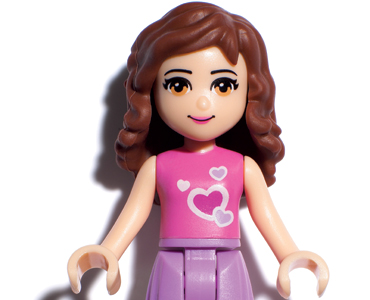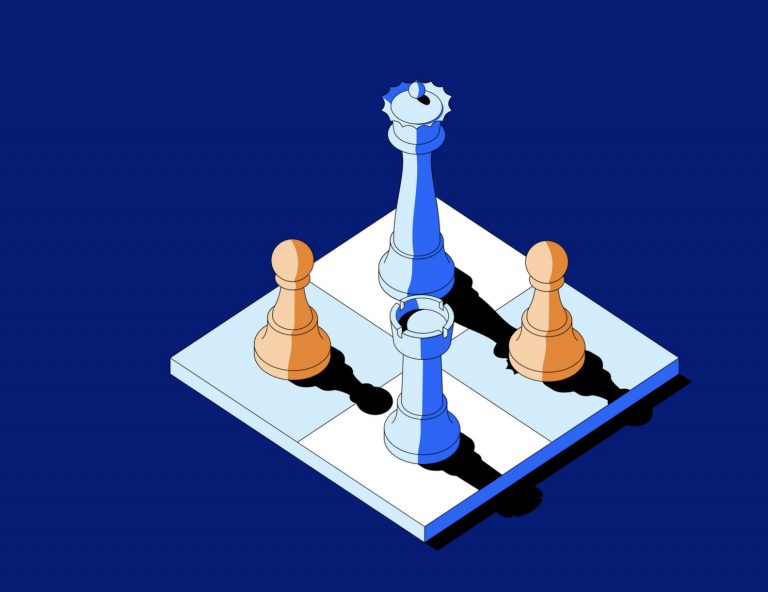Lego is for girls

In its new focus on products for girls, Lego is using quite a lot of ethnographic research:
“To develop Lego Friends, Knudstorp relaunched the same extensive field research—more cultural anthropology than focus groups—that the company conducted in 2005 and 2006 to restore its brand. It recruited top product designers and sales strategists from within the company, had them join forces with outside consultants, and dispatched them in small teams to shadow girls and interview their families over a period of months in Germany, Korea, the U.K., and the U.S.” […]
Lego won’t say how much it spent on its anthropology, but research went on for months and shattered many of the assumptions that had led the company astray. You could say a worn-out sneaker saved Lego. “We asked an 11-year-old German boy, ‘what is your favorite possession?’ And he pointed to his shoes. But it wasn’t the brand of shoe that made them special,†says Holm, who heads up the Lego Concept Lab, its internal skunkworks. “When we asked him why these were so important to him, he showed us how they were worn on the side and bottom, and explained that his friends could tell from how they were worn down that he had mastered a certain style of riding, even a specific trick.â€
The skate maneuvers had taken hours and hours to perfect, defying the consensus that modern kids don’t have the attention span to stick with painstaking challenges, especially during playtime. To compete with the plug-and-play quality of computer games, Lego had been dumbing down its building sets, aiming for faster “builds†and instant gratification. From the German skateboarder onward, Lego saw it had drawn the wrong lessons from computer games. Instead of focusing on their immediacy, the company now noticed how kids responded to the scoring, ranking, and levels of play—opportunities to demonstrate mastery. So while it didn’t take a genius or months of research to realize it might be a good idea to bring back the police station or fire engine that are at the heart of Lego’s most popular product line (Lego City), the “anthros†informed how the hook-and-ladder or motorcycle cop should be designed, packaged, and rolled out.”



